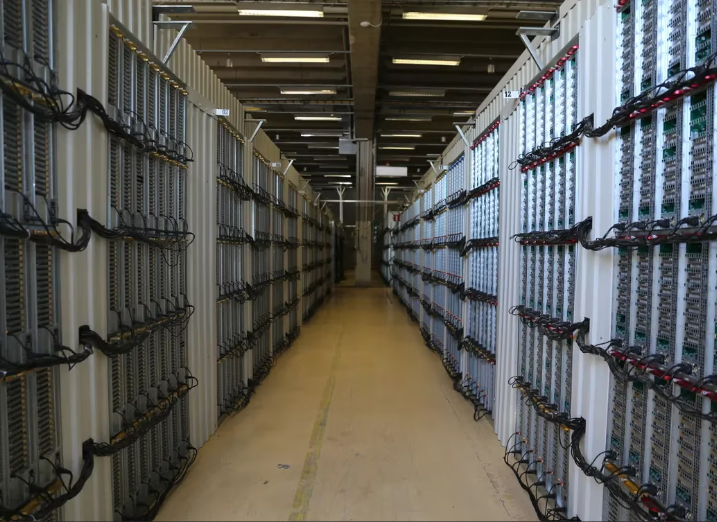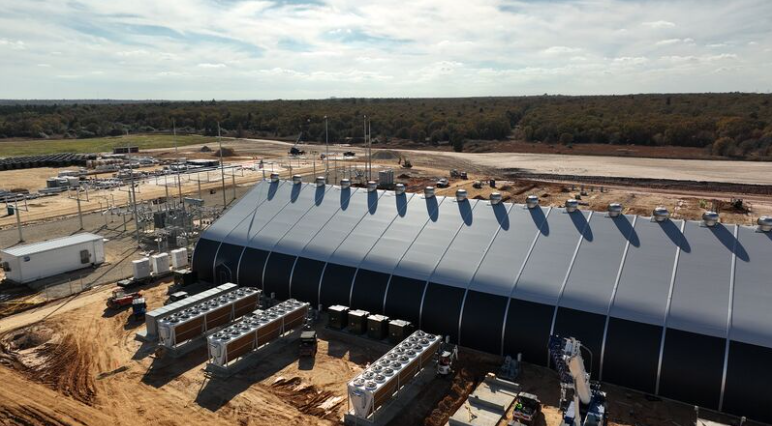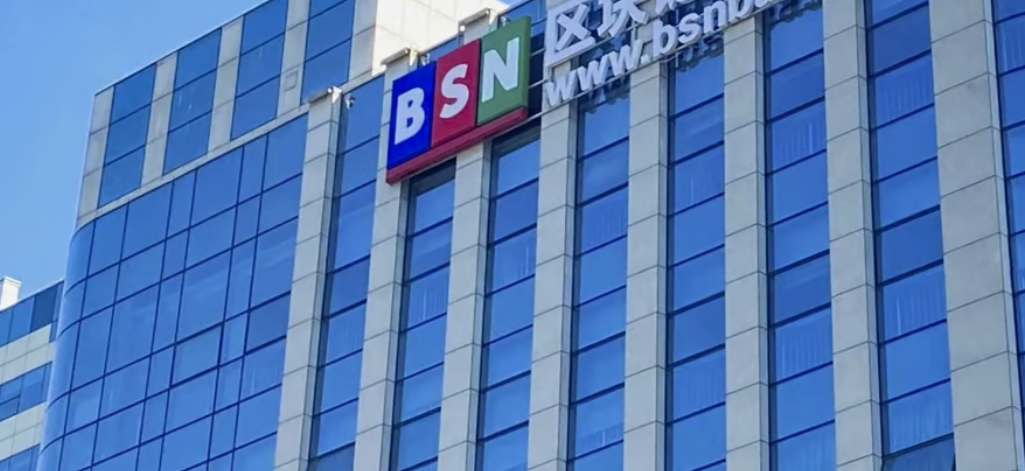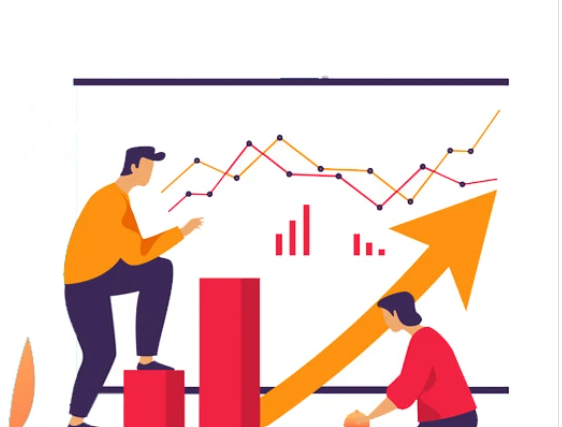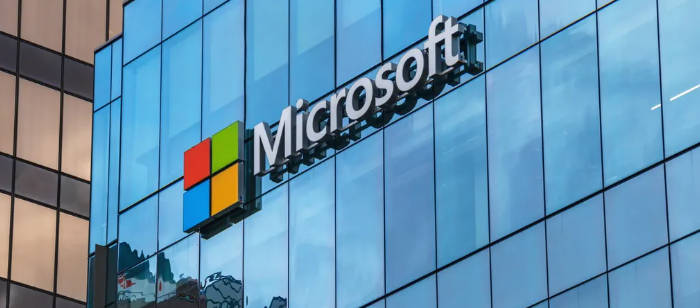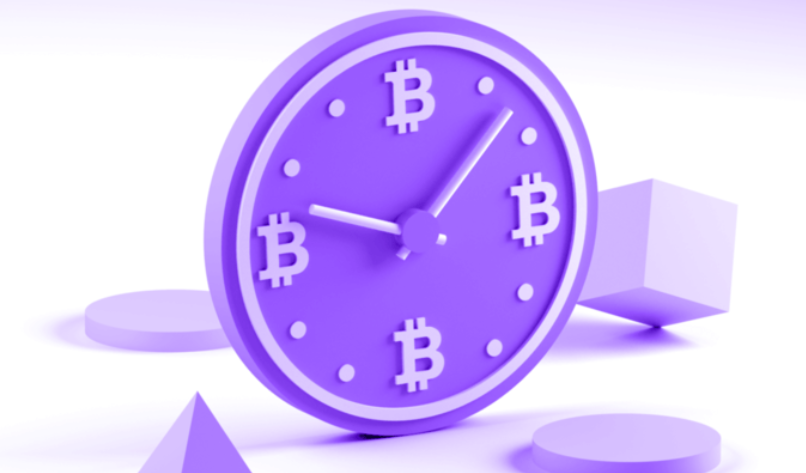Are you wondering how to create a blockchain database?
Blockchain continues to be a niche skill among the developer community. In this article, we will guide you on how to create a blockchain database.
How to use Blockchain To Build a Scalable Database
While innovative individuals and companies are trying to overcome the current limitations of a purely blockchain-based database, the current prevailing wisdom is to combine the strengths of a conventional relational model of a distributed database with that of a database. blockchain data.
One of the companies leading the way with this combined blockchain/distributed database model is BigchainDB.
This combined software stack will allow the best features of both technologies to be incorporated into one database. From the blockchain stack, the database will have decentralized management, immutability, and improved assets, while from the distributed database it will offer scalability and faster data processing speeds.
The key to implementing such a hybrid model is to ensure that the database has multiple administrators who control how data is shared. This will allow the database to maintain the decentralized characteristics of a blockchain database while remaining a distributed database.
4 Ways to Create a Blockchain Database:
Blockchain Data Warehouse Operative With Enterprise
An operational data store (ODS) is used for operational reporting and decision making. In our combined blockchain/distributed stack database, operational data will represent all the information that is received from business processes that are not related to the blockchain database.
To incorporate the decentralization blockchain feature, the database must be controlled by two or more administrators, each operating from a different location.
In the case of a company headquartered in a single country, these administrators might be based in two separate offices, while in the case of a multinational, they might be based in different countries.
These administrators would then be responsible for overviewing the database and reviewing transactions when necessary. Part of the stored data would be on the blockchain; however, this blockchain data storage operating model prevents external clients from accessing the data.
Blockchain Data Not Operational With Enterprise
To facilitate customer access to the database, a non-operational approach is needed. This approach involves setting up intermediaries who can access the information stored in the blockchain database and send it to clients.
Although the clients would not be able to access the database itself, they would still be able to obtain the information contained in the database. A key benefit of this approach is the short latency periods compared to a standard blockchain database.
Blockchain Operational Data With Consortium
The consortium approach is more in line with traditional blockchain ideology. A consortium could be made up of multiple databases of as many people or companies as required.
This would ensure that the database was completely decentralized with no one individual or company retaining control. All companies would act as individual nodes and therefore would be required to maintain the database. This approach is ideal for supply chain management, etc.
Blockchain Data Not Operational With Consortium
Once again, intermediaries would be established to allow clients to access the data stored in the database. Companies that have personal data or sales information that may be required by third parties and affiliated organizations, which are not authorized to access the database directly, would benefit from this database deployment model.
In case you are thinking of creating a scalable database, the first and foremost requirement would be to hire the best blockchain developers capable of delivering standard performance.
Lessons from the BigchainDB project
We talked about various approaches to building a scalable blockchain database. Since blockchain is new, the technology will evolve. Naturally, we will see new solutions and approaches to building blockchain databases. Newer solutions will evolve based on lessons from existing projects.
In this context, it is important to learn the lessons of the BigchainDB project. We talk about the challenges in question. Later, we talked about the technology stack that BigchainDB chose. Finally, we talk about the approach BigchainDB took.
THE CHALLENGES OF BUILDING A BLOCKCHAIN DATABASE
There are several challenges when we try to create a database using blockchain. These are the following:
- Low throughput and high latency – We mentioned this in our blockchain consensus mechanism algorithms guide. Popular public blockchain networks like Bitcoin and Ethereum have low transaction throughput and high latency.
- Scalability – Adding decentralized nodes to a blockchain network results in more network traffic and this further reduces the throughput of blockchain transactions. Public blockchain networks lack scalability.
- Lack of query capabilities: You need query capabilities on a database. Blockchain lacks that, which is a key disadvantage.
CHANGING THE QUESTION FUNDAMENTALLY: ADDING THE FEATURES OF A BLOCKCHAIN TO A DATABASE
The BigchainDB team thought about addressing the challenges mentioned above by changing the fundamental assumptions. We talked about the challenges of using blockchain as a database. However, the BigchainDB team changed the question fundamentally.
The project team decided not to use the blockchain as a starting point and to create a database from it. Instead, the team opted to take a database solution to begin with. The team added the relevant blockchain features to this database.
MONGODB: THE DATABASE OF CHOICE BY THE BIGCHAINDB TEAM
The BigchainDB team chose MongoDB as the database for this. We can certainly say that it is a wise decision. MongoDB offers the following advantages:
- It is one of the most popular open source NoSQL databases.
- MongoDB stores data items as documents using the BSON (Binary JSON) format. This allows developers to store unstructured data like documents, key-value pairs, lists, etc. to store data in MongoDB.
- Developers use JavaScript to query MongoDB, and JavaScript is very popular.
- Since MongoDB uses JavaScript, it works great with Node.js. Node.js is very popular for back-end development.
- MongoDB does not require a rigid schema as it is not an RDBMS (Relational Database Management System).
- MongoDB offers performance, availability, and scalability.
- You can deploy MongoDB in the cloud and on premises.
- You can get premium support and strong community support for MongoDB.
A BRIEF DESCRIPTION OF THE SOLUTION THAT BIGCHAINDB IMPLEMENTED
BigchainDB uses two distributed databases. It calls a database “S”, and this is the database of pending transactions. BigchainDB calls the other database “C”, and this is the blockchain database. The project connects these two databases using the BigchainDB consensus algorithm (BCA).
This BigchainDB solution includes “signature nodes”. These nodes validate transactions and can form a federation. The “non-signing nodes” are the other nodes and cannot validate transactions. These nodes can request transactions, read logs, transfer crypto assets, etc.
BigchainDB runs BCA between the two databases. This process takes transactions from “S”, validates them and forms new blocks in “C”. With two distributed databases and a consensus algorithm running between them, BigchainDB creates a blockchain database.
My Final Thoughts
So this is all about how to create a blockchain database. The benefits of blockchain databases are simply too great to ignore. In the business world, anything that gives a company an edge over its competitors needs to be implemented as quickly as possible.
While a pure blockchain decentralized database is not yet ready to replace most existing distributed databases, when blockchain technology is implemented alongside a distributed database, a new realm opens up. of exciting possibilities.
As I have shown, these hybrid databases can combine the strengths of both technologies to create better and more secure databases. The ramifications of large-scale deployment of such databases are enormous.
Confidential company/customer data can be made even more secure and resistant to tampering. This will help build trust with clients and external agencies such as governments etc.
This will effectively lead to greater transparency between companies and their customers, which will inevitably translate into greater trust between all parties involved.
Since governments would know that these databases are more secure and resistant to tampering, they could reduce the level of oversight and even regulate certain parts of the industry. Fewer regulations lead to a better and more efficient business environment, something that will benefit everyone involved.
In the next few years, we should see most major global companies implement at least one of the blockchain system approaches I’ve just described.
With the number of global database breaches increasing each year, many of which are now being targeted for cyber ransoms, databases based on blockchain architecture are now more important than ever.
These kinds of concerns will be the catalyst that drives the real blockchain revolution, which I believe will be much bigger and longer lasting than Bitcoin.


